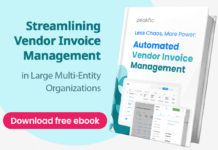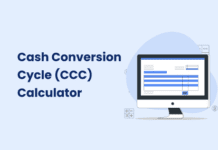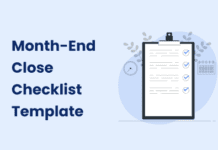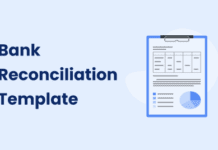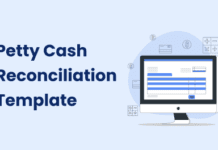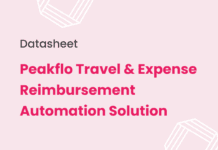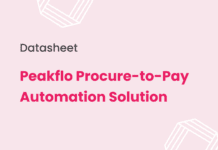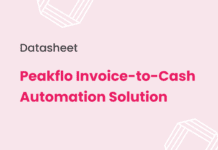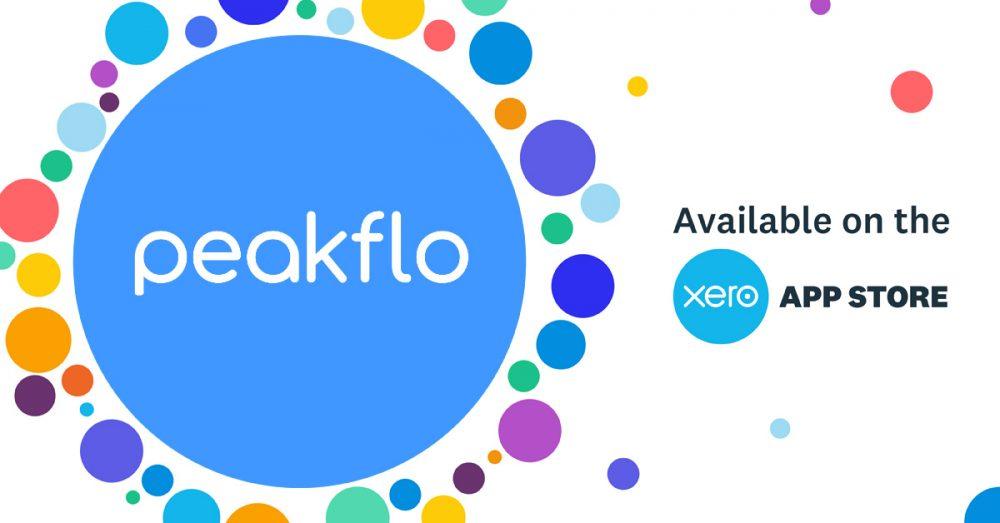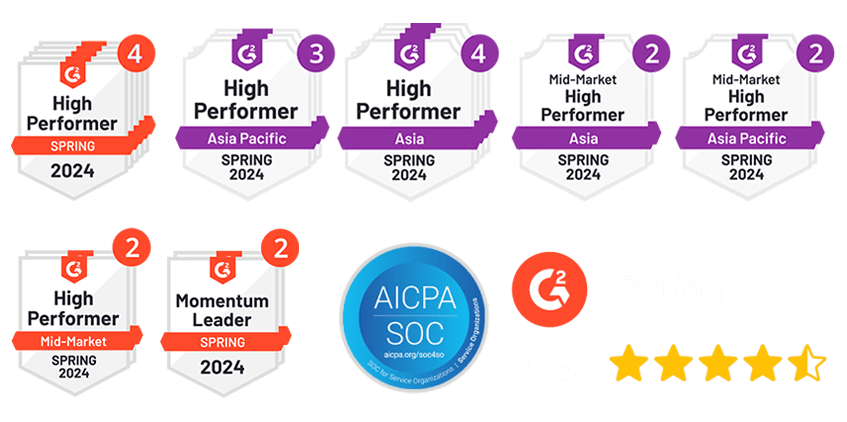Agentic systems are reshaping how businesses operate, with Gartner listing agentic AI as one of the top tech trends for 2025. Business leaders face a significant shift ahead: 33% of enterprise software is expected to rely on agentic AI by 2028, with projections indicating that at least 15% of everyday work decisions will be made with such systems.
The numbers tell a compelling story. The AI agent market was valued at approximately $3.86 billion in 2023 and is projected to grow at an impressive 45.1% CAGR from 2024 to 2030. However, this rapid expansion creates a critical challenge for organizations: understanding what makes different types of agentic systems unique and selecting the right approach for specific business needs.
Organizations often stumble when implementing agentic AI systems. The mistake? Focusing solely on the technology rather than matching it to their specific problems. According to experts, the key to success isn’t picking your favorite technology – it’s matching the right approach to your specific problem. Whether you’re exploring multi-agent systems (MAS) that involve teams of coordinated AI agents working together or considering simpler implementations, understanding the fundamental differences between agentic systems is essential.
This guide breaks down the four types of agentic systems, explains their key differences, and provides actionable guidance for choosing the right approach for your business needs. You’ll have a clear framework for making informed decisions about implementing agentic systems in your organization.
The foundation of agentic AI systems
Agentic systems represent a sophisticated class of AI that operates with unprecedented levels of independence. These systems mark a significant advancement in how machines interact with the world around them, moving beyond simple task execution to genuine decision-making capabilities.
What are agentic systems?
Agentic AI systems can autonomously perform tasks by designing workflows and using available tools. Unlike traditional AI, these systems possess ‘agency’ to make decisions, take actions, solve complex problems, and interact with external environments beyond their training data. They effectively combine the versatility of large language models with the precision of traditional programming, providing both flexibility and reliability.
What makes agentic systems distinctive is their comprehensive architecture. The formula is straightforward yet powerful: Agentic AI = LLMs + Tools + Context + Planning + Memory. This combination enables them to reason in goal-oriented ways, create dynamic plans, use various tools, and maintain memory of past interactions – all critical components of meaningful autonomy.
Role of LLMs in agentic systems
Large language models serve as the cognitive backbone of agentic systems. They function as the “brain” or “conductor,” orchestrating the behavior of multiple agents that can be deployed across various applications. This orchestration involves deciding which tools to use and when, evaluating whether objectives have been met, and maintaining memory of relevant information.
LLMs handle the thinking part: language understanding, reasoning, and planning. Meanwhile, agentic wrappers provide the action capability through APIs, databases, and interfaces that allow the AI to actually do things. This separation of responsibilities creates systems that can both think and act with minimal human guidance.
Why autonomy level matters
Not all agentic systems are created equal. Understanding the spectrum of autonomy is crucial for implementing these systems effectively. This spectrum typically ranges from Level 0 (completely manual with full human intervention) to Level 5 (fully autonomous with no human supervision).
Most organizations currently operate at Levels 0-2, with market leaders pushing into Level 3 territory. The appropriate level depends on several factors:
- Task complexity and associated risks
- Required speed of decision-making
- Need for human oversight
- Organizational readiness
Selecting the right autonomy level ensures you’re not applying excessive technological sophistication to simple problems or insufficient capability to complex ones.
The 4 Types of Agentic Systems Explained
Image Source: Markovate
Agentic systems operate across a spectrum of sophistication and independence. Just as autonomous driving has evolved from basic cruise control to full self-driving capabilities, these systems range from simple rule-following to complex decision-making. Understanding these distinct levels is crucial for implementing the right solution for your specific needs.
Type 1: Rule-based systems
Rule-based systems represent the most basic form of agentic AI. These systems operate on predefined “if-then” logic without considering past experiences or future outcomes. Think of automated invoice processing or data extraction tasks—they execute pre-programmed actions in a predetermined sequence within structured environments.
Rule-based systems deliver reliability and consistency for repetitive tasks. They remain indispensable for compliance-sensitive operations where predictable execution is paramount. The simplicity becomes their strength when you need consistent results without variation.
Type 2: Workflow agents
Workflow agents introduce more flexibility in execution. While the actions themselves remain predefined, these systems can dynamically determine the sequence using routing logic or LLMs. They excel at tasks like customer email drafting, content generation, and multi-step workflows with branching decision paths.
The key advancement here is contextual awareness. Workflow agents can adapt their process based on specific inputs rather than blindly following a fixed path. This offers greater versatility without sacrificing control over the core process.
Type 3: Semi-autonomous agents
Semi-autonomous agents represent a significant leap in capability. Given a specific goal, these systems can independently plan, execute, and adjust a sequence of actions using domain-specific tools, requiring only minimal human oversight. They excel at resolving complex customer service tickets across multiple systems or orchestrating multi-step processes.
Finance teams struggling with repetitive tasks might consider Peakflo’s intelligent automation platform, which operates at this level, streamlining invoice-to-cash and procure-to-pay processes while deploying autonomous voice agents for routine communications.
Type 4: Fully autonomous agents
Fully autonomous agents operate with minimal oversight, proactively setting goals, adapting to outcomes, and potentially creating or selecting their own tools. These sophisticated systems can work across domains, making independent decisions about what to accomplish and how to achieve it.
Most agentic applications remain at Levels 1 and 2 as of 2025, with some organizations exploring Level 3 capabilities in narrow domains. The progression toward Level 4 continues as technology advances, but adoption requires careful consideration of both capabilities and risks.
How to Choose the Right Agentic System
Image Source: Kanerika
Selecting the right type of agentic system demands careful consideration beyond the technology itself. Instead of asking “How do I build an AI agent?” you should ask “What type of agentic system best fits this specific problem?” This shift in thinking—from technology-first to problem-first—separates successful implementations from expensive experiments.
1. Assessing Task Complexity and Risk
Examine your task characteristics thoroughly. For structured, repetitive processes with predictable inputs, rule-based systems often suffice. For tasks requiring language understanding or content generation, workflow agents might be more suitable.
Consider these critical aspects when evaluating complexity:
- Environmental stability and predictability
- Required processing speed and response time
- Data sensitivity and security requirements
- Potential consequences of system errors
Complexity assessment should determine whether you need a simple implementation with a single agent or a multi-agent ecosystem. For high-risk domains like healthcare, finance, or law, establishing clear thresholds for when AI can operate autonomously becomes essential.
2. Evaluating Human Oversight Needs
The level of human supervision needed varies significantly based on your comfort with AI decision-making. McKinsey highlights that agents should handle routine, data-heavy tasks so humans can focus on higher-value work. However, human-in-the-loop mechanisms remain crucial, especially for validation, error correction, and quality checks.
Transparency in decision-making processes enables proper governance. Organizations must establish clear guidelines regarding autonomy levels within various workflows and implement robust security measures to protect sensitive data.
3. Matching System Type to Business Goals
Consider your organizational readiness honestly: How much do you trust AI systems? What’s your tolerance for complexity in implementation? How quickly do you need results?
Agentic automation extends automation’s footprint beyond structured, rule-based tasks that traditional RPA addresses. Match your selection to specific strategic objectives rather than chasing the latest technology trends.
To see agentic workflows and AI voice agents in action, schedule a call with Peakflo experts today.
For long-term success, remember that achieving decision-making elasticity requires more than intelligence alone—it needs contextual awareness and responsible decision frameworks.
Mixing agentic types for real-world use
Image Source: IBM
Real-world implementations rarely rely on a single type of agentic system. The most effective solutions combine different types of agents to leverage their complementary strengths while mitigating individual limitations.
1. Combining rule-based and autonomous agents
Integrating rule-based systems with more autonomous agents creates particularly powerful solutions. Rule-based components provide reliability for structured, repetitive tasks, whereas autonomous elements handle complex, contextual decisions. This symbiotic relationship allows organizations to maintain control over critical processes while still benefiting from advanced AI capabilities.
Financial operations demonstrate this hybrid approach effectively. Rule-based agents might handle standard transaction processing while semi-autonomous agents manage exception handling and complex decision-making. This combination ensures both efficiency and adaptability in dynamic environments.
2. Examples of hybrid agentic workflows
Hybrid agentic systems appear across various industries with impressive results. Companies combine rule-based monitoring systems with autonomous decision-making capabilities that independently assess weather forecasts and soil conditions to optimize planting schedules. Logistics companies deploy autonomous dispatching agents alongside rule-based maintenance systems to manage fleets effectively.
Agentic Workflows cover numerous use cases from accounts payable to anomaly detection. Users record their current screen workflows with audio explanations. Peakflo AI then analyzes these recordings, decomposes tasks into steps, and builds automated workflows. The system executes tasks using LLM-driven logic and API/ERP integrations. As Peakflo repeats workflows, it continuously learns from exceptions and optimizes execution paths without manual rule updates.
3. Benefits of modular system design
A modular approach to agentic system design offers substantial advantages. Organizations can break down complex problems into manageable components, with each agent focusing on specific domains. This specialization leads to greater accuracy as domain knowledge remains concentrated within each agent.
Modular architectures provide exceptional scalability—organizations can add new agents, tools, or protocols without disrupting existing functionality. This flexibility allows systems to evolve organically as business needs change.
Modular design significantly reduces complexity in implementation and maintenance. Changes to one component don’t cascade into others, making updates and improvements considerably easier. This architecture future-proofs your agentic systems, allowing them to adapt to technological advancements without complete rebuilds.
How Peakflo’s Agentic Workflow Helps
Peakflo’s agentic system goes beyond traditional automation by introducing self-improving, intelligent workflows and voice agents that are purpose-built for finance and operations teams. From invoice-to-cash to procure-to-pay, Peakflo redefines how routine, repetitive tasks are handled, making room for teams to focus on strategic priorities.
Agentic Workflows in Action
What sets Peakflo apart is its ability to learn from your current processes and transform them into efficient, AI-driven workflows:
- Record & Upload: Users record their on-screen workflows while narrating the steps. This captures the complete as-is process—no need for detailed documentation.
- AI-Powered Workflow Creation: Peakflo decomposes the recording into tasks and generates an automated workflow using LLMs.
- Execution & Integration: Tasks like invoice submission, reconciliations, PO-matching, and approvals are automated using API/ERP integrations and logic-based decision-making.
- Self-Improving System: The more Peakflo runs the workflow, the smarter it gets. It identifies exceptions and adapts over time, without manual intervention.
Use cases are:
- Accounts Payable (PO-matching, vendor onboarding)
- Accounts Receivable (invoice submission, cash application)
- Anomaly detection
- Multi-level approvals
- Expense management
AI Voice Agents That Actually Talk Business
Peakflo’s voice agents aren’t just chatbots—they are multilingual, human-like AI agents that handle:
- Phone, SMS, and WhatsApp outreach
- Invoice collections
- Order status updates
- Payment reminders and customer queries
These voice agents can work 24/7, feed responses back into ERP workflows, escalate exceptions, trigger notifications, and schedule human handoffs when needed. All conversations are fully logged and synced with financial records, closing the loop between communication and execution.
Want to see these agentic systems in action? Book a call with our experts to experience how finance can be automated with intelligence, not just scripts.
Conclusion
Agentic systems represent a significant opportunity for businesses ready to optimize their operations. This guide has covered the spectrum from simple rule-based implementations to fully autonomous agents capable of independent decision-making.
The key to success lies in matching the right approach to your specific business challenges rather than chasing the latest technology trends. Most organizations currently benefit from Level 1 or 2 implementations, while pioneering companies explore semi-autonomous capabilities with strong results. Your choice depends on task complexity, risk tolerance, and organizational readiness. Hybrid approaches often deliver the strongest outcomes.
Implementing agentic systems requires thoughtful consideration of both capabilities and limitations. Remember that meaningful automation involves more than intelligence alone—it demands contextual awareness and responsible decision frameworks.
The question isn’t whether agentic systems will reshape business operations—it’s whether your organization will be ready to capitalize on the opportunities they create.
FAQs
Q1. What distinguishes agentic AI systems from traditional AI?
Agentic AI systems possess autonomy to make decisions, take actions, and solve complex problems independently. Unlike traditional AI, they can design workflows, use various tools, and interact with external environments beyond their training data, combining the versatility of large language models with the precision of traditional programming.
Q2. What are the four types of agentic systems?
The four types of agentic systems are:
1) Rule-based systems, which operate on predefined “if-then” logic,
2) Workflow agents, which can dynamically determine action sequences,
3) Semi-autonomous agents, which can independently plan and execute actions with minimal oversight, and
4) Fully autonomous agents, which can set goals and adapt with minimal human intervention.
Q3. How do you choose the right agentic system for your business?
Choosing the right agentic system involves assessing task complexity and risk, evaluating human oversight needs, and matching the system type to your business goals. Consider factors like environment stability, required processing speed, data sensitivity, and potential consequences of system errors. It’s crucial to focus on the specific problem you’re trying to solve rather than just the technology itself.
Q4. What are the benefits of using a modular approach in agentic system design?
A modular approach in agentic system design offers several advantages. It allows organizations to break down complex problems into manageable components, improves accuracy through domain specialization, provides exceptional scalability, and reduces complexity in implementation and maintenance. This architecture also future-proofs your systems, allowing them to adapt to technological advancements without complete rebuilds.
Q5. How are hybrid agentic systems used in real-world applications?
Hybrid agentic systems combine different types of agents to leverage their complementary strengths. For example, in financial operations, rule-based agents might handle standard transaction processing while semi-autonomous agents manage exception handling and complex decision-making. This approach ensures both efficiency and adaptability in dynamic environments across various industries like agriculture, logistics, and finance.

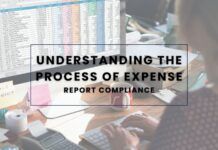







![Why AI Sales Calls Are Making Good Sales Reps Even Better [2025 Guide] ai sales calls](https://cdn-kmjmp.nitrocdn.com/YvtqmrsiHUxqerlSiZgbfzqqTARWTElr/assets/images/optimized/rev-834053b/blog.peakflo.co/wp-content/uploads/2025/09/65168cf6-3001-4733-8cbc-12d5684cf449-218x150.webp)







